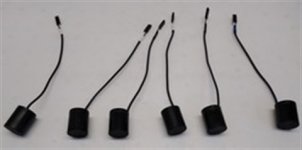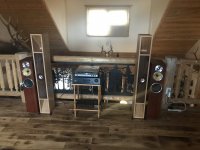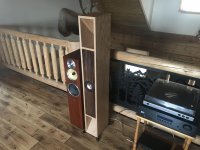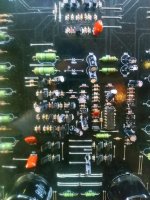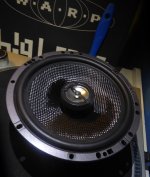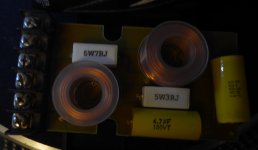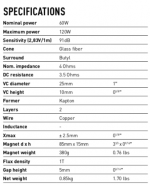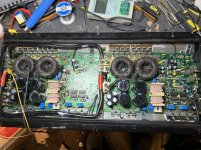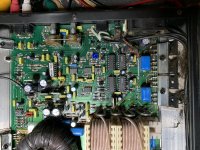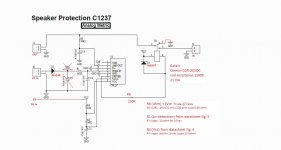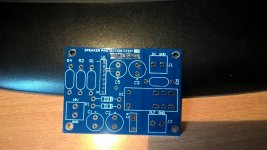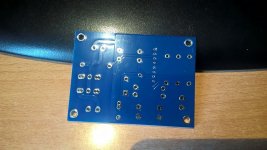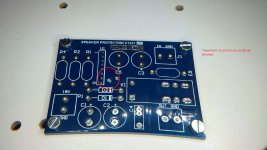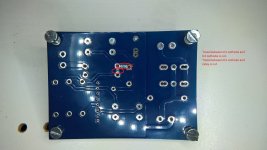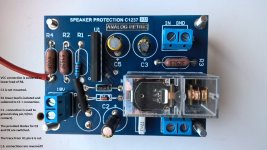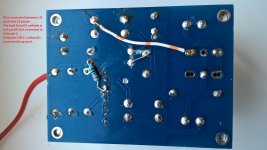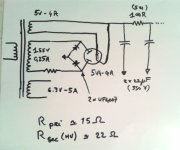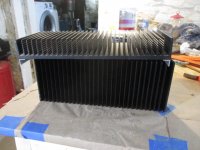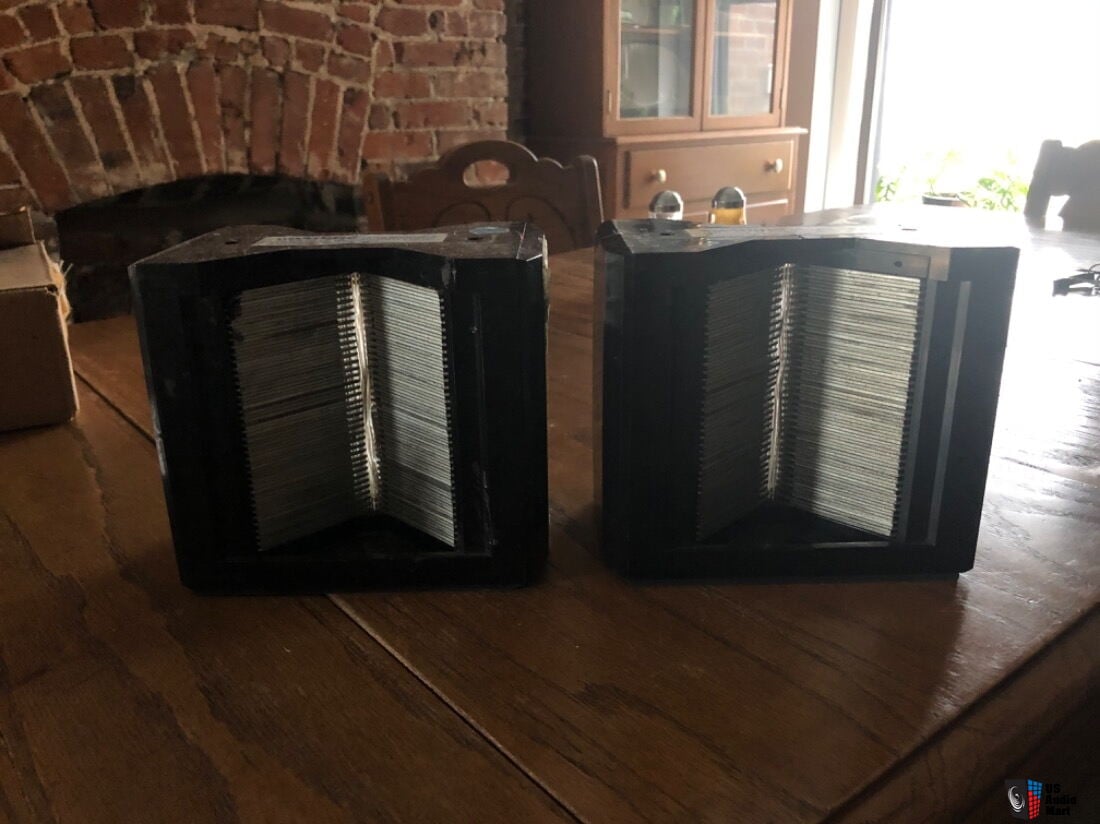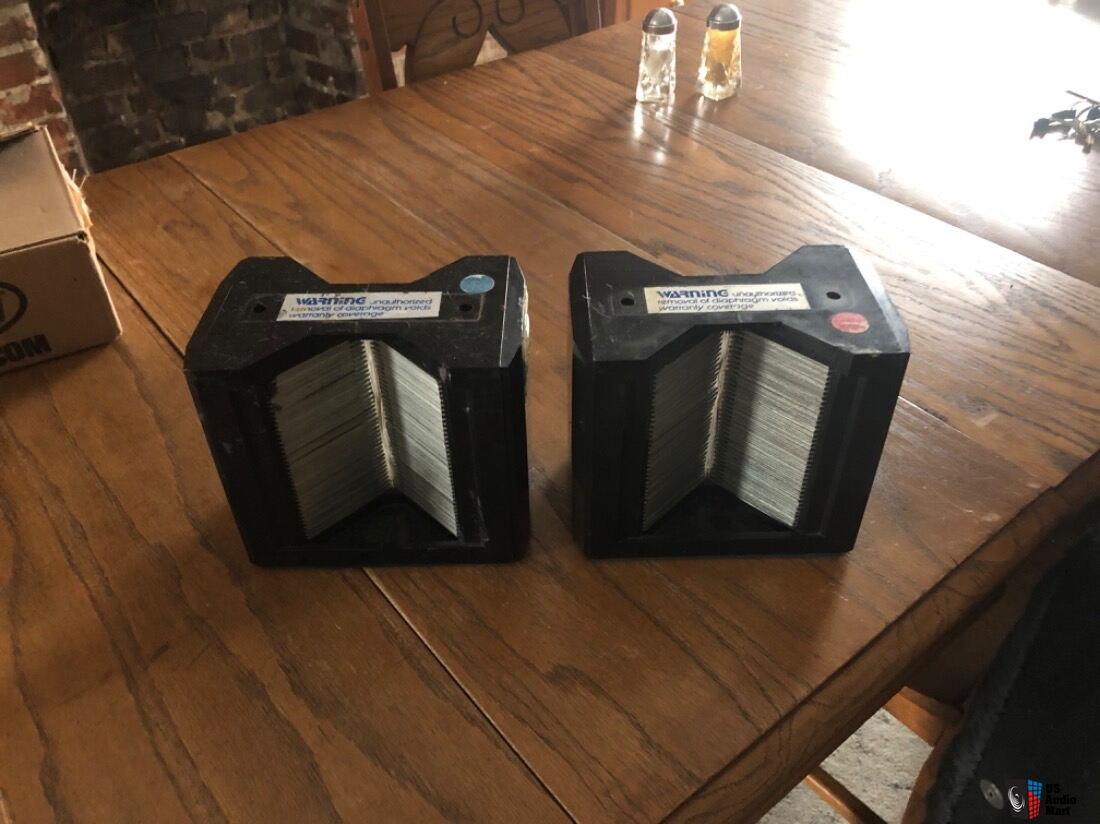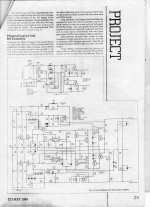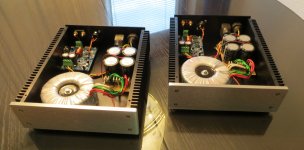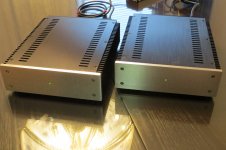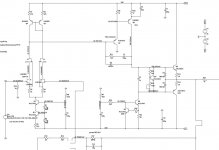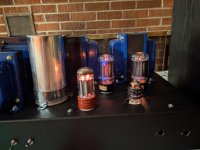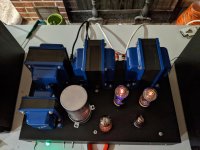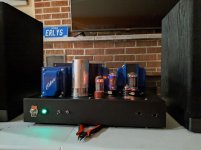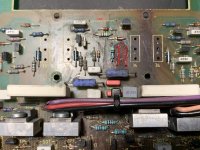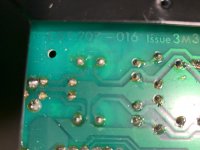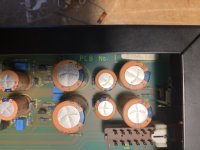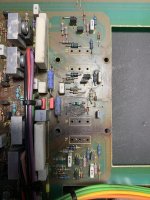NTC Thermister and light bulb current limiter issues?
- By CapnDenny1
- Instruments and Amps
- 6 Replies
has anybody had an issue with using a light bulb in series for current limiting on an amp that has a NTC thermister in series with the incoming AC power.
I have a 200W linear bass amp, in an Ampeg BA115HP. It had a shorted opamp that I was trying to isolate, and though I could leave the preamp board disconnected to see which opamp was causing the short. But my 16V zener diodes were on that board, so my +/-16V went to +/- 50V. ooops!
So i replaced the mains FET transistors, and decided to use the light bulb limiter. But as I ramp up the AC voltage the light bulb gets bright, at around 30 vac and gets getting brighter. My +/-50V buses are clamped at +/-4V as if by design?
I can't find anything wrong. The output from the transformer is good with no load. But i noticed a big black NTC in series to limit the in rush current. Probably a good idea since the 1st filter caps are 5600uF each.
But I noticed the NTC thermister isn't getting hot. Just slightly warm. In that state it still has a 5K resistance, so perhaps it is limiting my voltage?
I am going to try and take it out of the circuit, but I don't expect it to matter.
Any ideas on what else to try? I have almost no voltage across the 0.33 ohm resistors in series with the main power transistors, so I don't think my amp is causing the high current draw.
Here is the schematic.
 115b by Dennis Kelley, on Flickr
115b by Dennis Kelley, on Flickr
 115a by Dennis Kelley, on Flickr
115a by Dennis Kelley, on Flickr
I have a 200W linear bass amp, in an Ampeg BA115HP. It had a shorted opamp that I was trying to isolate, and though I could leave the preamp board disconnected to see which opamp was causing the short. But my 16V zener diodes were on that board, so my +/-16V went to +/- 50V. ooops!
So i replaced the mains FET transistors, and decided to use the light bulb limiter. But as I ramp up the AC voltage the light bulb gets bright, at around 30 vac and gets getting brighter. My +/-50V buses are clamped at +/-4V as if by design?
I can't find anything wrong. The output from the transformer is good with no load. But i noticed a big black NTC in series to limit the in rush current. Probably a good idea since the 1st filter caps are 5600uF each.
But I noticed the NTC thermister isn't getting hot. Just slightly warm. In that state it still has a 5K resistance, so perhaps it is limiting my voltage?
I am going to try and take it out of the circuit, but I don't expect it to matter.
Any ideas on what else to try? I have almost no voltage across the 0.33 ohm resistors in series with the main power transistors, so I don't think my amp is causing the high current draw.
Here is the schematic.
 115b by Dennis Kelley, on Flickr
115b by Dennis Kelley, on Flickr 115a by Dennis Kelley, on Flickr
115a by Dennis Kelley, on Flickr